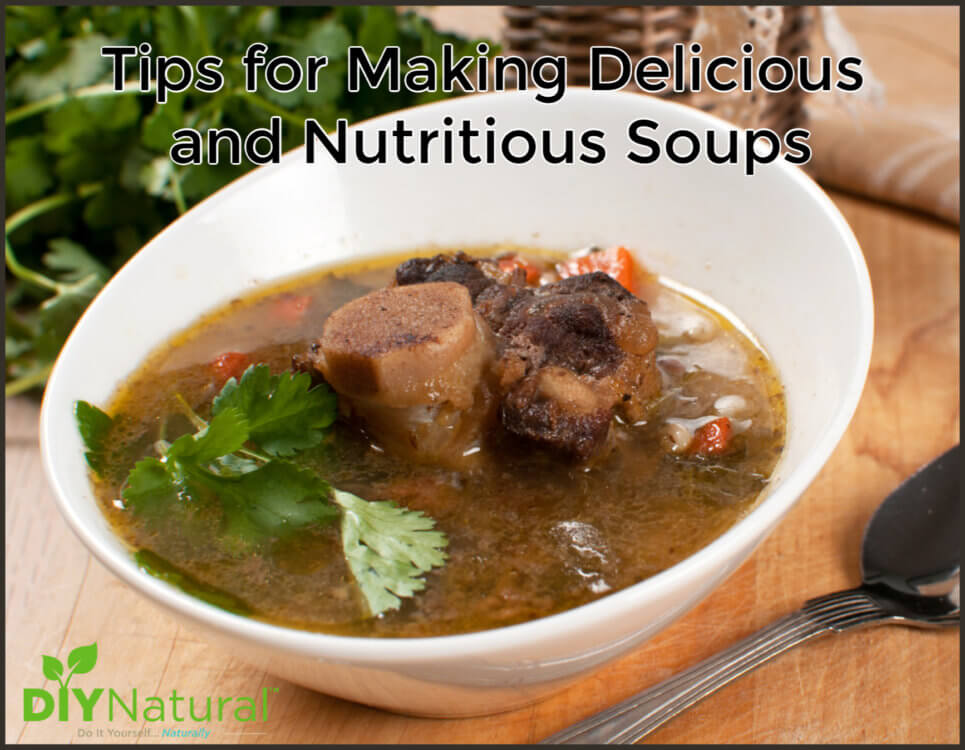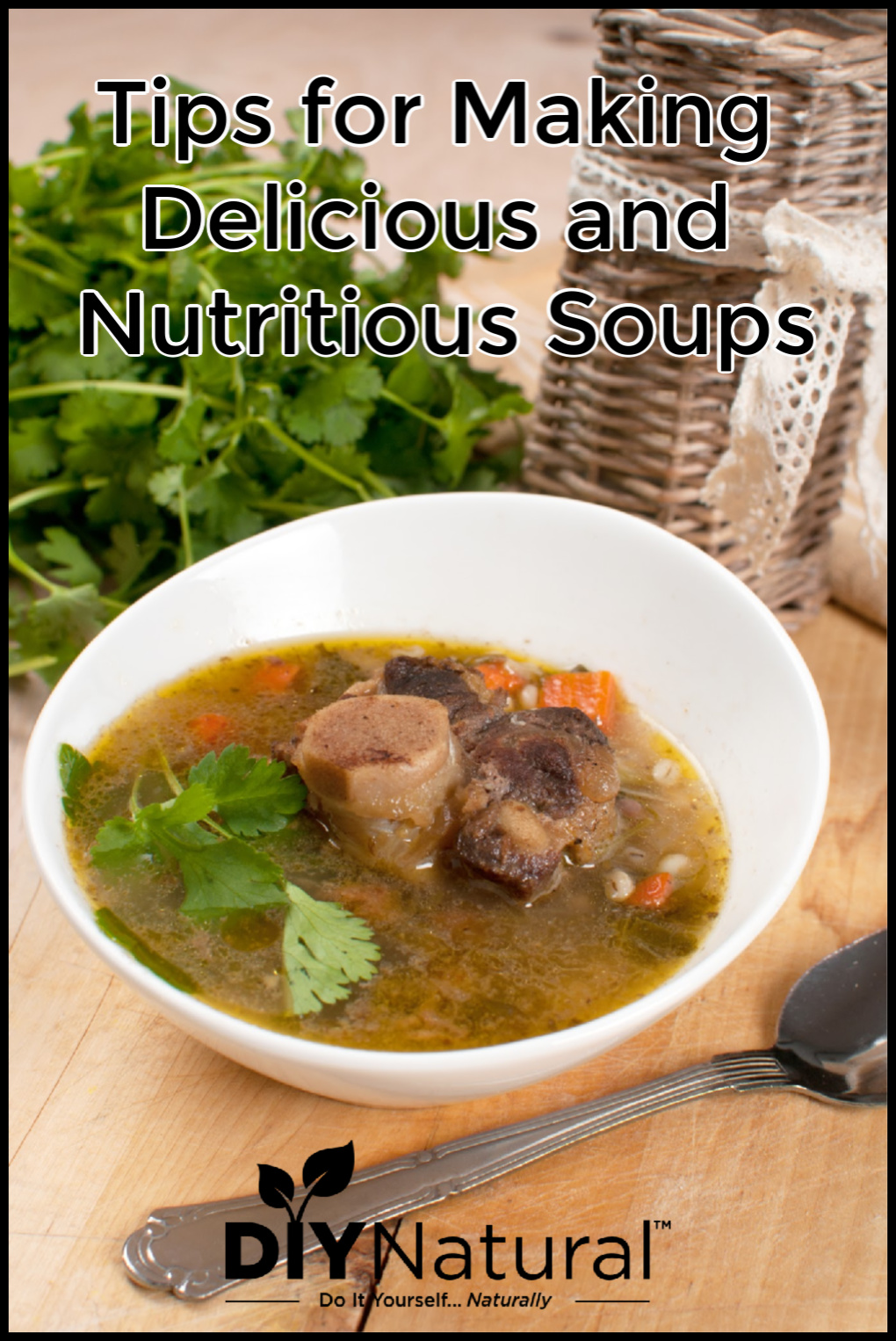
Rather than an exact recipe, this is a basic tutorial on how to make a soup that has great flavor and nutrition. Use these concepts in every batch you make.
When I lived in Minneapolis, a friend and I used to go to an awesome Asian restaurant. Soups were their specialty and the flavors were great. When I asked what was in some of them, I was surprised but pleased. I wrote them down and use them in my soups to this day!
How to Make Soup with Great Flavor and Nutrition
It all starts with great stock!
Start with Good Stock
The woman I talked to said that good soup starts with a good base. Whether it’s chicken, beef or pork, you need to simmer the bone broth for a long time. The bones are rich in minerals and flavor. Add just a bit of vinegar to help dissolve some of the minerals. If you start with the meat on the bone take it off the bone when done and reserve it for later but keep cooking the bones. Matt and Betsy make big batches and simmer the bones for 6 hours then can their stock in a pressure canner. I encourage you to try adding lemongrass to your stock for an extra kick! Use long stalks and tie them in a knot. This helps to release the oils in the leaves and make them easier to get out of the pot later.
Also, remember to only use bones from animals fed nonGMO diets.
Vegetarian
If you’re vegan or vegetarian, You can start with a tomato or vegetable stock. Cook the vegetables down until they are mushy, then use an immersion blender to thicken it up if you like. Again, it doesn’t need to be thick, just cooked down well. You can add a bit of nutritional yeast or miso concentrate for more flavor.
If you don’t have the time to wait on cooking a good base, this is the perfect time to use a stock that you already have made. Vegetable stock or bone broth are both great starters. You can simmer some beneficial mushrooms in the stock if you wish, just be sure to retrieve them before you serve the soup as mushrooms like Chaga and reishi are very tough.
Make Soup with Pre-cooked Veggies
I’ve found that if I stir fry some of the veggies ahead of time, that the soup has more flavor and tastes better. In my opinion onions, carrots, and celery taste better when you cook them first. You can certainly add them to the soup and just cook them in there, but they may get mushy before you are done. When you stir fry these, you can add some red pepper flakes and garlic, but be careful. Overcooking the garlic will make it bitter and acrid; 5 minutes is all you need.
Some veggies are best if you do not pre-cook them. These include tomatoes, mushrooms and more delicate things like eggplant. These, along with peas and corn, which can get really overcooked, are best thrown in at the very end.
Using Noodles and Rice
Many of these Asian type soups have noodles in them, but whether or not you use them is up to you. If you make your own noodles remember that they don’t need to be cooked as long as dried pasta. Because these soups are cooked for a longer period of time, they really aren’t good vehicles for gluten-free noodles. One exception is to use rice noodles. They hold up a bit better and don’t really need to be cooked. Just cover with boiling water for a bit, drain, then place in your soup bowl. Cover with the soup and you have a great meal.
You can also use rice. Although not typical in a lot of soups, rice can be a great filler and delicious in place of noodles.
Tip: Matt and Betsy cook their noodles and rice separately and add them to their soup bowls just before eating. This helps deliver perfect texture in every bowl.
Always Make Soup with Fresh Herbs
Even in the winter, you can grow fresh herbs indoors. The herbs that grow the best inside, such as mint, basil, and chives are perfect in a soup like this. When you place your noodles in the bowl, add a sprig or two of cilantro, mint, and Thai basil. These add a huge amount of flavor with minimal calories. Because they are quite pungent when you bite into them, I add my herbs in large pieces. That way I get the flavor, but not the small pieces in each spoonful.
If you need to use dried herbs instead of fresh, you can enclose them in a square of cheesecloth. This keeps them from floating around. They’ll infuse into your broth just like a large tea bag. When you’re finished, just fish the bundle out and toss it into the compost.
Are you ready for a bowl of comfort? Have a “soup”er day!




I have a high school friend who has a yard full of fresh herbs… I’m going to call her and set up a date to get some starters… I’ve been using dried herbs and I think I will use much more if I have fresh… I’m saving my bottles up for starters and growing…. Also I’m think Christmas 2020…